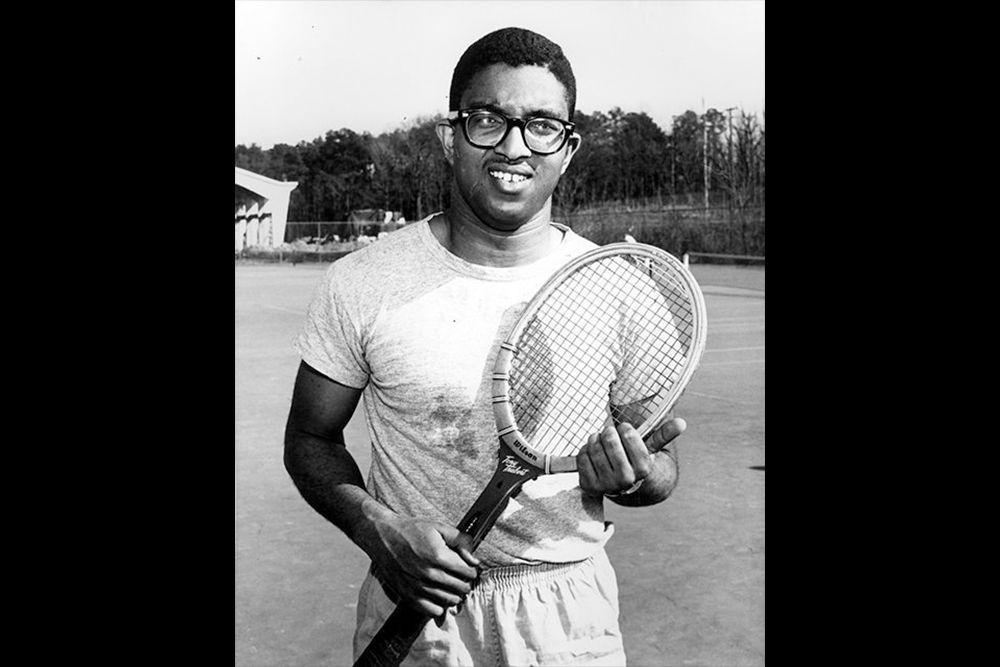On Jan. 8, students walking through D. H. Hill may have noticed a table set up near the library’s Ask Us desk that featured a number of photographs and other items of interest. This display was part of the library event Pack Legacies, headlined by NCSU Libraries’ Special Collections Research Center, which showcased a variety of materials that highlighted various times from NC State’s history.
Virginia Ferris, the outreach and engagement program librarian for special collections, spoke about the collection.
“These are all items from the [library’s] special collections and NCSU Libraries that are available for anyone to come view here in D.H. Hill or online,” Ferris said. “We have a lot of digitized materials that come from different collections. A lot of them come from the university archives, which document NC State’s history, so that’s what we brought here today. It’s a lot of images showing student life, campus buildings, athletics, dorms, Mr. and Mrs. Wuf, the Brickyard, D.H. Hill. Some familiar sights, but then seeing how they’ve changed over the years.”
Nicky Andrews, an NCSU Libraries fellow, spoke about one of the items on display, a freshman cap used in the early 1900s.
“It was an unofficial rule that [freshmen] were required to wear [the cap] at all times and kind of mark themselves as being freshmen,” Andrews said. “They also had to be at the beck and call of the upperclassmen, so they’d have to light their cigarettes, carry their textbooks, things like that, and then were told that if it was known that they were freshmen but weren’t wearing the hat, they had to wear a women’s dress for a week. At that time, that was kind of the most humiliating thing one could think of from what was, at that time, a mostly men’s college.”
In addition to the cap, a wide variety of written, visual and physical items convey different perspectives and moments from the history of NC State, as mentioned by Ferris.
“The university archives has many collections in it that go all the way back to the very beginning of the university’s history,” Ferris said. “You can see the personal letters, correspondences and diaries, photographs and things from the very first president of NC State, and then up through when women and African-American students started attending, you can see the records of their presence and their voices here on campus [within our collections]. There’s a lot that we don’t have, but we’re always trying to bring in more material to show the full history of our campus.”
Students can also look to the contents of these special collections to learn about the history behind many of the buildings and departments present on campus to this day.
“There’s a lot that people can go and find about the history of their dorm, their department or the community they identify with on campus,” Ferris said. “We really want to make sure people know that it’s here, it’s available and we are available to help make good use of it if people have questions or if they have any particular interest we can help flesh out more.”
These records are able to show how much our university has changed, as well as how students are able to affect our school’s history, as Andrews spoke about.
“I think part of it is just that it’s interesting to see how times have changed, how spaces have changed and how rules have changed,” Andrews said. “The other thing that I think of is that none of the students, none of the people in these photos probably ever thought ‘I’m going to make history,’ or ‘I’m going to be a part of history,’ so folks like Cathy Sterling, who was the first female student body president, or Irwin Holmes, who just had Holmes Hall named after him, they were just students who were just trying to get an education. I think it’s encouraging for students to know that they matter, that what they do matters, that they have a voice and that they can see themselves in history, but also can contribute to history.”
The resources and archives of the Special Collections Research Center are free for anyone to utilize. In addition to their digitized collections, students interested in viewing a particular collection in-person can fill out the contact form on their website to request access to their materials of interest.













